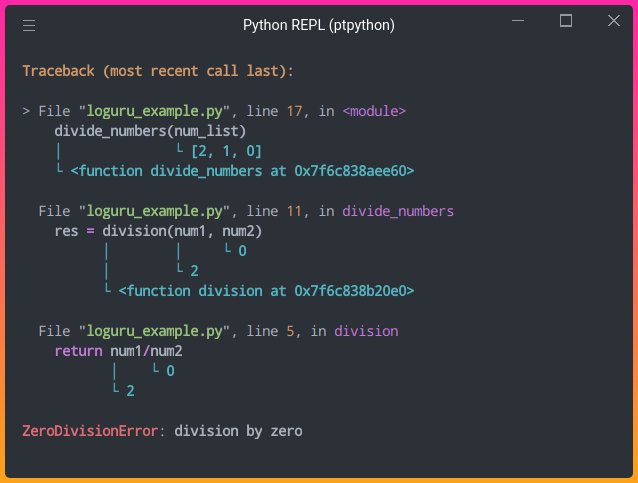Week 1 Check In

Loops:
- For Loops: These execute a block of code a specific number of times, iterating through a sequence. An example is provided where
range(5)is used to print numbers from 0 to 4. - While Loops: These execute a block of code as long as a condition remains true. An example counts from 0 to 4 using a while loop.
Conditional Statements:
- If Statements: These execute a block of code only if a certain condition is met. An example checks if
ageis greater than or equal to 18. - If-else Statements: These execute one block of code if a condition is met and another block if the condition is not met. An example distinguishes between whether
ageis greater than or equal to 18 or not.
Hands-On Exercises: The chapter offers practical exercises to implement for loops, while loops, if statements, and if-else statements. Each exercise involves writing Python code in Google Colab to print numbers, check even/odd numbers, and guess a secret word within a limited number of attempts.
Indentation and Comments: The importance of indentation in Python, indicating code blocks, is highlighted. Proper indentation is crucial to avoid errors. Additionally, comments are explained as annotations in code to explain its functionality.
Combining Concepts: Finally, a comprehensive exercise combining loops, conditional statements, and user input is provided. This exercise challenges users to guess a secret word within a limited number of attempts, showcasing the integration of loops, conditions, and user interaction in a program.
Overall, the chapter serves as a practical guide for understanding and implementing loops, conditional statements, and their applications in Python programming for various scenarios.

Comments
Post a Comment